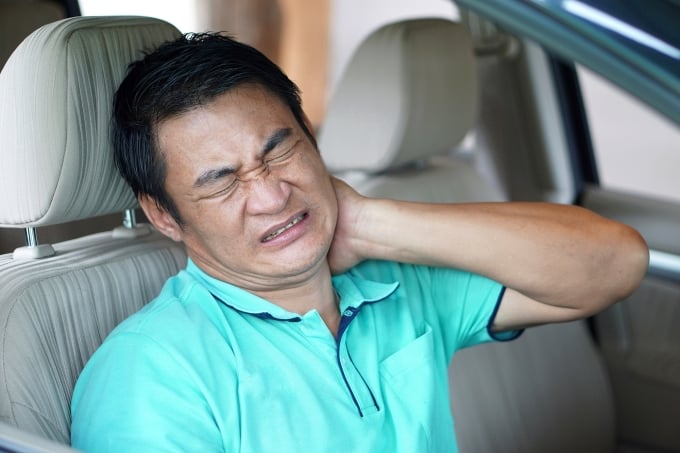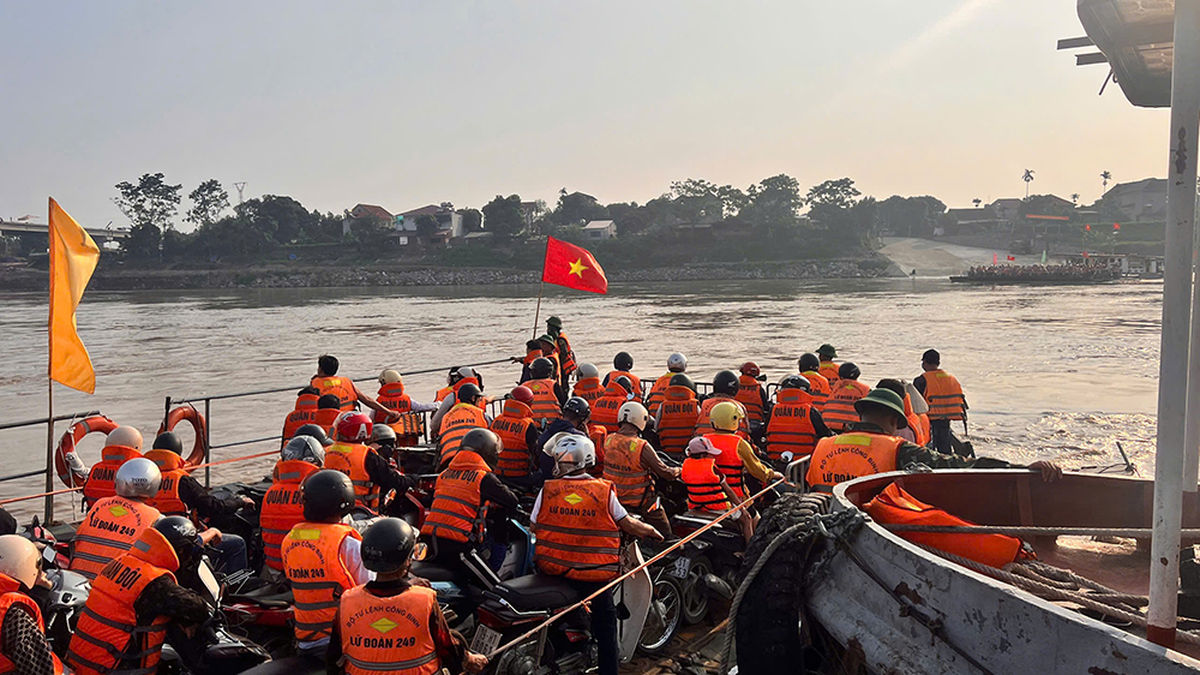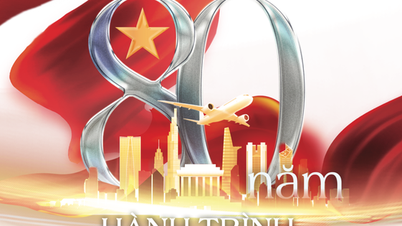Long vacations of 4-5 days are an opportunity for long trips for us to rest, relax, and regain energy. However, the discomfort from neck and back pain when traveling by means of transport will affect the joy of the vacation. So how to overcome it?
1. Top reasons why flying and traveling by plane or train can cause neck and back pain
Factors that can potentially aggravate neck and back pain while traveling include:
- Sitting or standing for too long in an uncomfortable position.
- Sleeping in an unnatural position (sleeping sitting with your head bent forward or tilted to the side).
- Continuously lifting heavy objects such as suitcases, handbags, etc.
- Sitting on uncomfortable chairs, with cramped footrests, backrests that are too soft and do not support the spine well…
Specifically:
+ Uncomfortable seats: Seat designs on vehicles often prioritize optimal seating capacity and safety over comfort. Conventional seats on trains and planes often do not support the human body. Healthy people after a long flight will complain of sore necks, backs and legs. C-shaped seats are designed to not support the lumbar region, pushing your head and neck forward, adding to the discomfort. To maintain proper posture, you should keep your spine in a neutral S-shaped position.
+ Due to limited seating space: The limited space of each person's seat makes it difficult for us to change positions, leading to reduced recovery of muscles in tired postures and increased load on the spine. Sitting in a chair with a fixed posture for several hours can cause significant pressure on the lumbar spine and related pain.

Neck and back pain is very common when traveling by train or car…
Additionally, sitting for long periods of time in an airplane seat shortens the following muscle groups: the posterior thighs, the pelvic floor, the lower back, and the glutes. After being shortened for a long time, the muscles become tense when standing. The static posture causes poor blood circulation and does not bring enough blood to the muscles, which can also lead to pain.
2. Ways to relieve neck and back pain while traveling
Our bodies are designed for movement, not for sitting for long periods of time. There are a number of ways to help prevent or reduce neck and back pain when traveling by car or plane - before, during and after your trip.
* Before the trip
Some steps you can take before boarding a long flight are:
- Control musculoskeletal pain: If you have existing neck and back pain, pain will easily appear when traveling by car or train. If the condition is not well controlled, traveling by car or train will make the pain worse. You should see a doctor to treat and control the pain. If you feel unwell and moving can aggravate your neck and back pain, you should consider the trip.
- Schedule your travel to avoid crowded times to make it easier for you to move regularly, stand up and stretch, or change your sitting position when necessary.
- Light luggage: Pack less to be light while moving, pulling or carrying heavy objects can cause injury. If traveling by plane, you can ask the flight attendant to help lift your carry-on luggage into the overhead compartment.
- Prepare pain relievers: Pain relievers prescribed by your doctor are suitable for you or common pain relievers such as acetaminophen or ibuprofen.
- Exercise: Exercising a few weeks before your trip helps your back muscles to limit spasms after sitting in a cramped position. Maintaining an exercise routine also keeps your muscles flexible and agile before your trip.

Sitting on uncomfortable chairs can easily cause back and neck pain...
* During the time sitting on the train or car
- Stand up and move around: By booking an aisle seat on a plane, you can walk around freely and stand up frequently without disturbing the passengers sitting next to you. It can also help avoid pain and stiffness when sitting in the same position for a long time.
- Reclining the chair: Sitting upright puts pressure on the discs. Reclining the chair helps support the body's weight on the backrest instead of the spine, helping to reduce the body's gravity on the spine.
- Use neck pillows and back support accessories:
+ Neck pillow: Neck pillows are specially designed to support your head and neck in a natural position. help your head rest in a natural position to maintain the curve of your spine. Choose a pillow with the right size and firmness for your needs and preferences. Travel neck pillows are often C-shaped to support your neck while you sleep and prevent excessive bending.
+ Back pillow: Place a pillow between the back of the chair and your lower back to support your back when moving and minimize stress on your neck and back, keep your upper body from sagging and maintain the natural curve of the lumbar region, reducing the risk of back spasms. Do not choose a pillow that is too large, which will push your body forward away from the seat. If you do not have a pillow, you can roll up your jacket and place it under your lower back for support.
- The position of the two legs should be at a right angle when sitting down on the chair. You can put a blanket or pillow under your feet to maintain a right angle with your knees. This will reduce stress on the lower back.
* After the flight
If you still have neck or back pain after your flight, there are a few ways to ease the pain:
- Warm compress: Helps relax muscles, increase blood circulation, and bring a feeling of relaxation.
- Acupressure massage: Is the most effective way to restore health during trips, helps soften tense muscles, relieve pain, reduce stress, and help sleep well.
- Sleep to recover: You need to arrange recovery time for long travel time so that your body can recover and have energy for the next activities. You should not have a schedule that is too tight, creating pressure on your body during the vacation.
See a pain specialist if the pain persists for appropriate treatment.
Source



























![[Photo] National Assembly Chairman attends the seminar "Building and operating an international financial center and recommendations for Vietnam"](https://vphoto.vietnam.vn/thumb/1200x675/vietnam/resource/IMAGE/2025/7/28/76393436936e457db31ec84433289f72)









































































Comment (0)